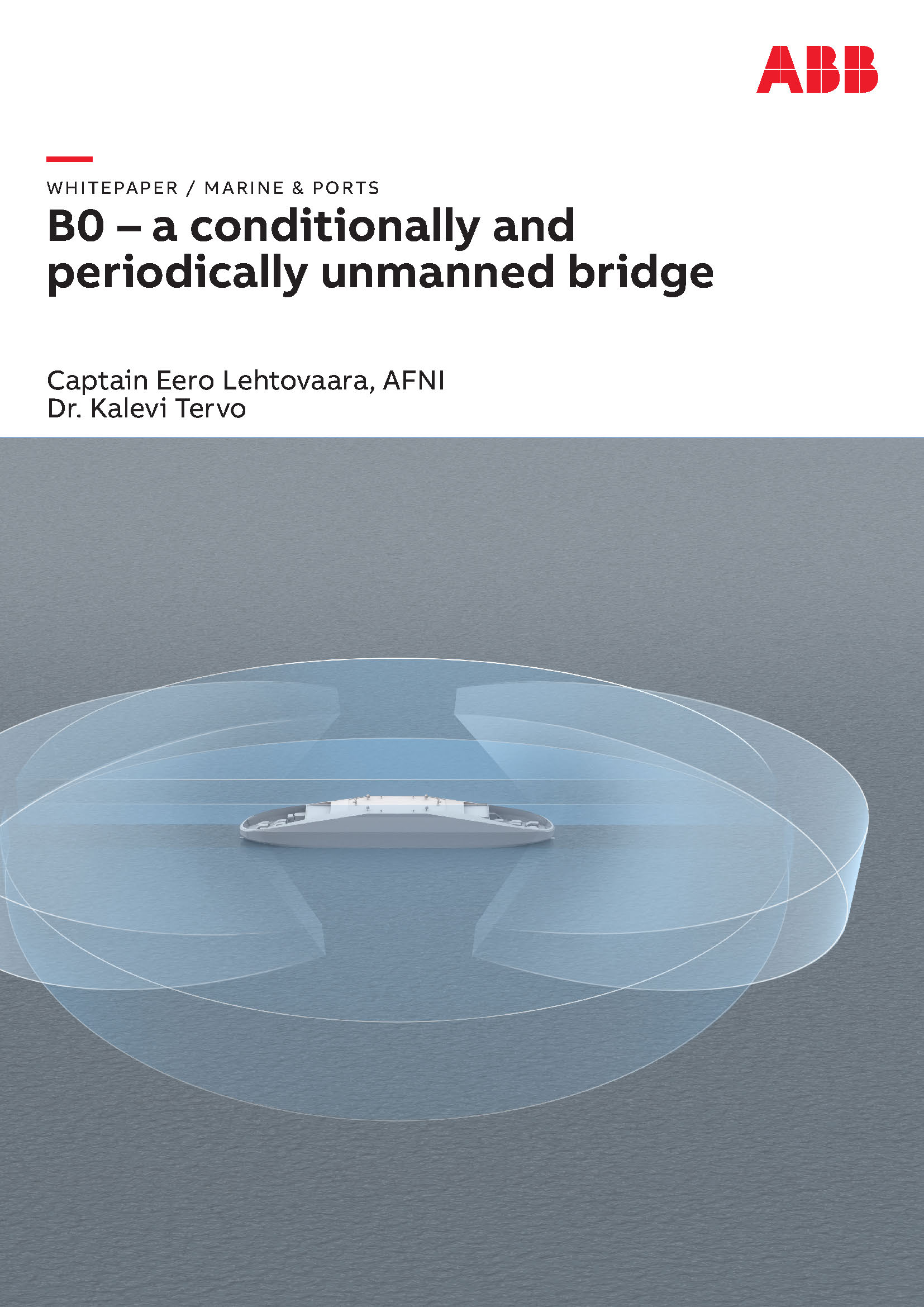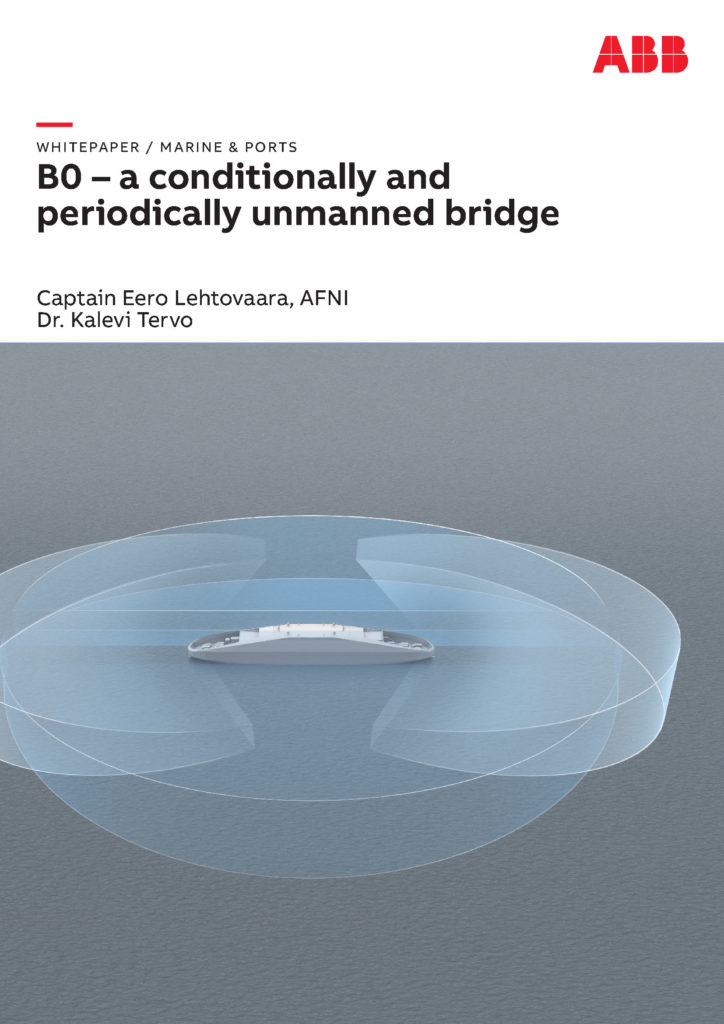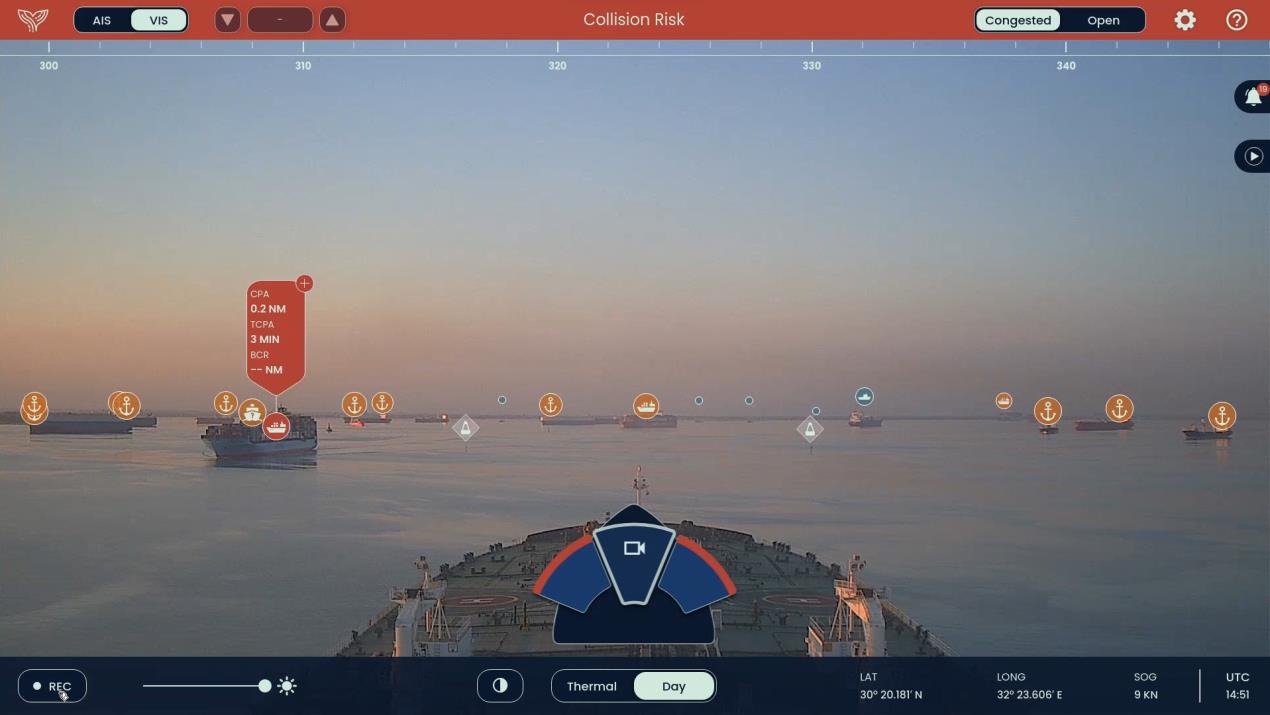ABB, the industrial technology company, believes it is time to discuss letting some of today’s ships occasionally sail the oceans with unmanned bridges. Ships can sail with unmanned enginerooms at times, so why not let the bridges go unmanned for select periods of time?
A recently published white paper from the company suggests that technology is robust enough to allow this to happen if the regulatory landscape would be adjusted to permit it. The argument put forward by ABB is that the equivalence of the regulations requiring a watch-keeper on the bridge at all times can be achieved by using cameras, audio sensing and an automatic radio watch to detect any emergency calls.
The proposal will be controversial. The introduction of bridge technology has not been without incidents in the past, ECDIS and AIS for example, two fairly recent additions to navigation have been cited in accidents as the industry got used to them, usually where watchkeepers fail to use the equipment properly and keep a sufficient lookout.
But the ABB document spells out in detail when it could be possible to allow for a watchkeeper to be allowed off the bridge for a period of time, namely when the vessel us far from any risks to navigation and providing there are no known onboard challenges.
The notion of unmanned work spaces is of course not new. Many vessels have been operating with unmanned engine room spaces for many years, a situation where engineers are able to leave the engineroom unmanned for periods of time with alarm systems set up to alert a duty engineer if needed.
ABB’s argument is that by allowing officers of the watch to stand on the bridge for long hours when there is nothing to do, and nothing around the ship, it will help reduce fatigue, increase performance.
The ABB proposal can be read here
www.fathom.world


































